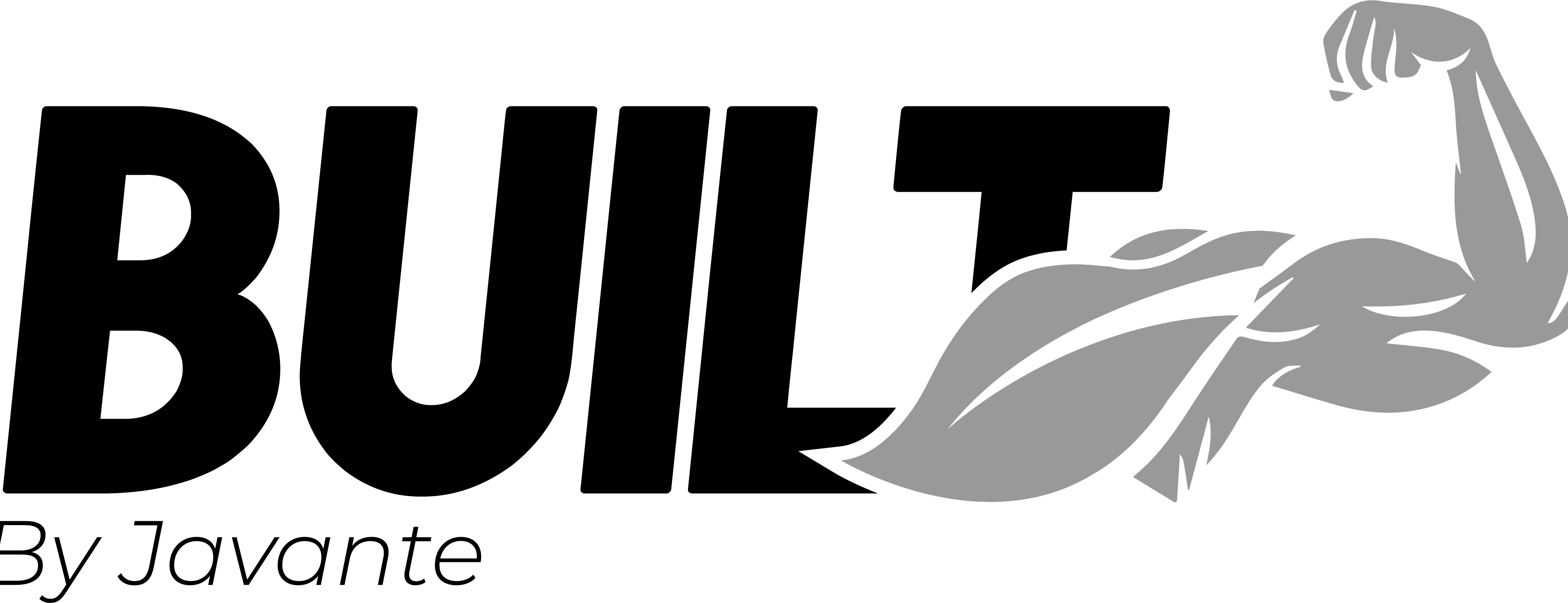This learning module, ‘Reducing Sodium with Scratch Cooking in School Meals’ webinar, focused on practical strategies for reducing sodium in school meals through scratch and speed-scratch cooking and highlighted tools and resources available. I related to Laura when she discussed relying on her cycle menu in the beginning of her career and then implementing small changes over the years, which included shifting towards scratch-based cooking. One of the points she discussed that stuck with me is the importance of developing community partnerships by working with local farmers, producers, and involving the community in food preparation.
This experience highlighted her experience transitioning from processed meats to meal preparation with raw proteins, which helps sodium reduction efforts. She further demonstrated how using raw proteins instead of processed ones (such as stew meat in stroganoff instead of meatballs) can significantly lower sodium content. I learned about some examples of modified recipes to lower sodium, like red velvet waffles made from beet purée and house-made orange chicken using low-sodium soy sauce.
One of my biggest takeaways was the collaboration between the kitchen and students. I thought that including students and staff in activities is a great way to involve the school. In the future, I could envision activities such as gardening and knife skills classes be great avenues to include others. The way that Laura found ways to be involved and incorporate student feedback played a key role in evaluating recipe success. Laura uses informal feedback methods like thumbs-up/down, quick surveys, and direct conversations with elementary students during lunch. Although high school students are harder to engage, she continues to find creative ways to collect their input. Her long-term perspective emphasized that repeated exposure builds student acceptance over time, especially as younger students grow up accustomed to lower-sodium foods.
Reflecting on the webinar, it was both educational and inspiring to see how real-world innovation can occur in a small rural setting with limited resources. Laura’s story is a powerful example of how dedication, creativity, and a commitment to student wellness can lead to sustainable improvements in school nutrition. Her practical tips on starting small, focusing on ingredient quality, and building community relationships created a realistic roadmap that I envision will be useful in the future. Furthermore, continuing to monitor and adjust to refine and improve outcomes.
